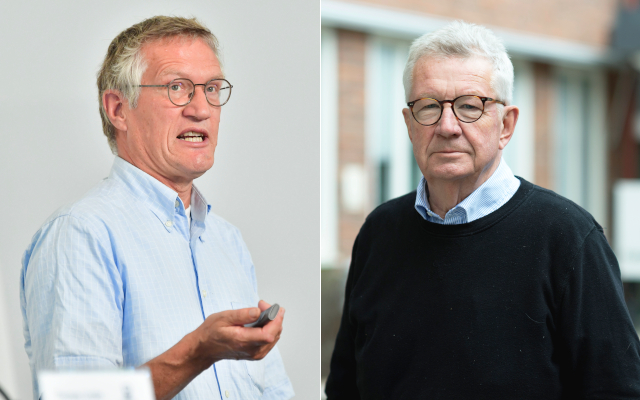Much of the coverage has centred on one email, published here by freelance journalist Emanuel Karlsten, which several critics of Tegnell's approach argue proves that, as late as March, he didn't understand herd immunity or how the different reproduction numbers, Ro and Re, work.
But in the email, from March 19th, Tegnell – the face of Sweden's coronavirus strategy – does not expressly ask Giesecke to explain the R number, which is, after all, one of the most fundamental concepts in epidemiology.
He instead seems to be brainstorming ways to explain to the public that you don't need to have full herd immunity – which requires 60 percent to 70 percent of the population to have been infected or vaccinated – for partial immunity to have an effect on the rate of spread.
“Surely it has to be the case that as immunity rises in the population, the rate of spread of the disease decreases,” Tegnell wrote in the email to Giesecke on March 19th. “So it's obviously not the case that when you reach herd immunity everything stops all of a sudden. Is there a way of modelling how the spread comes to a halt?”
Giesecke hired both Tegnell and Tegnell's boss Johan Carlson, when he himself was state epidemiologist between 1995 and 2005, and has been a frequent and forceful defender of Sweden's coronavirus strategy in the national and international media, raising hackles in Norway by dismissing the country's approach as wrong-headed.
The emails suggest that even in his retirement, Giesecke continues to hold significant influence.
“Absolutely correct,” Giesecke answers, and then elaborates: “Ro is right at the start, then you usually start talking about Re ('e' for 'effective'), which reduces over time and gradually sinks below 1. Then the infection rate becomes less and less. It should be easy to illustrate.”

Karlsten, a Swedish freelance journalist who published the emails after submitting freedom of information requests to the Public Health Agency of Sweden and the Karolinska Institute, where Giesecke is Professor Emeritus, wrote in his blog that he interprets the email exchange as a sort of brainstorming between close colleagues.
“Everyone who has been in a workplace knows that sometimes you have to ask stupid questions to those around you, particularly when you have to take major, extremely serious decisions,” he wrote in an article putting the email in context. “And that's exactly the kind of question Johan Giesecke interprets it as.”






 Please whitelist us to continue reading.
Please whitelist us to continue reading.
Member comments